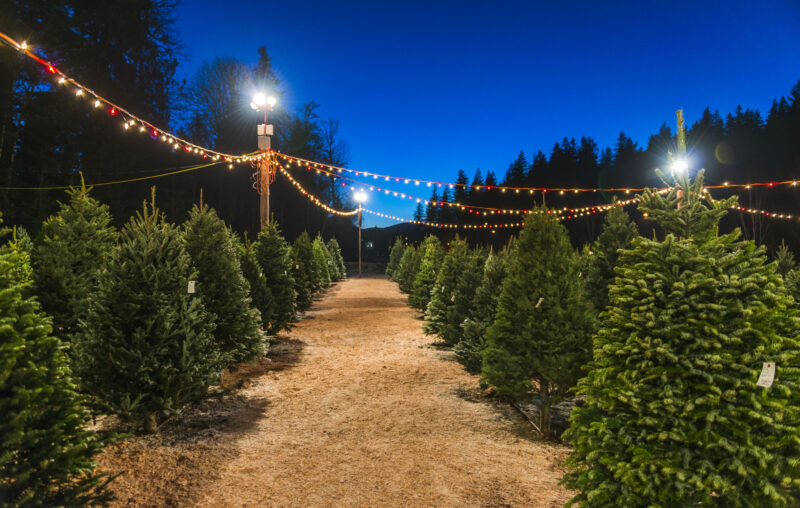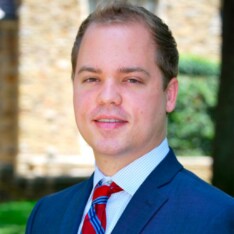Christmas Calculations and Yuletide Yields

My father and I went to buy a Christmas tree earlier in the week. Fortunately, it wasn’t anything like the Griswold’s epic journey to procure a tree: There wasn’t any singing, no driving under 18-wheelers, and we didn’t need a saw. Aside from the holiday memory, the trip reinforced important lessons about economic calculation, capital values, and how interest rates help entrepreneurs husband resources over time.
During our visit to the Christmas tree lot, we learned the owner and her husband have owned the lot for thirty years. In 1993, the owners opened their lot when I was almost five years old. My dad and I were both struck by this achievement, and we found a nice tree too.
Christmas tree lots embody economic calculation and the consideration of present and future values. Indeed, the owners of any capital good have faced such intertemporal decisions for millennia — when they herd cattle, produce wine, and build buildings. In Applied Theory of Price, McCloskey clearly notes this logic: “…the project of holding a flock of sheep for a year must repay the opportunity cost of the money invested in it.” In presenting this topic, Alchian and Allen’s Universal Economics (edited by Jordan) note the larger importance of private property rights, in that owners are better able to consider present and future values for longer periods of time when property rights are defined and enforced.
Every Christmas tree farmer decides how to maintain her stock of trees, when to hire additional workers, and, more importantly, when to chop. Consider the choice Christmas tree farmers face. They can chop the tree and sell it, or they could let the tree continue to grow. Their decision depends on a comparison between the yield of the tree — how much the tree might grow and what it might be worth — and the market rate of interest — how much the farmer could earn otherwise. Farmers maximize their profits and chop the tree when the tree’s yield falls below the market rate. The costs of labor and machinery, depreciation, and capital gains are also important considerations and ultimately influence profitability, but we can ignore them for now to focus on the core idea of calculation and interest rates.
Over time, tree yields and interest rates tend to match, otherwise tree farmers would earn less revenue. Compare the owner’s decisions regarding a 2-foot tree and a 10-foot tree. Chopping the shorter tree indicates a relatively large, foregone yield (more than the market rate of interest); Letting the taller tree stay rooted indicates a more profitable, foregone alternative activity (given older trees have lower yields). This logic indicates a sweet spot where most Christmas tree farmers are likely to chop given the prevailing market rate of interest. Moreover, Christmas tree farmers change the rate of chopping with changes in market rates of interest. As those rates rise, farmers are more likely to chop, and trees tend to become shorter.
Next time you see a Christmas tree, think about these incentives, and the property rights, yields, and market systems that make the holidays more enjoyable. It takes many people to plant, care for, and transport these trees, and this core economic calculation guided by interest rates and yields plays an important part.











